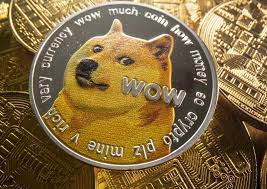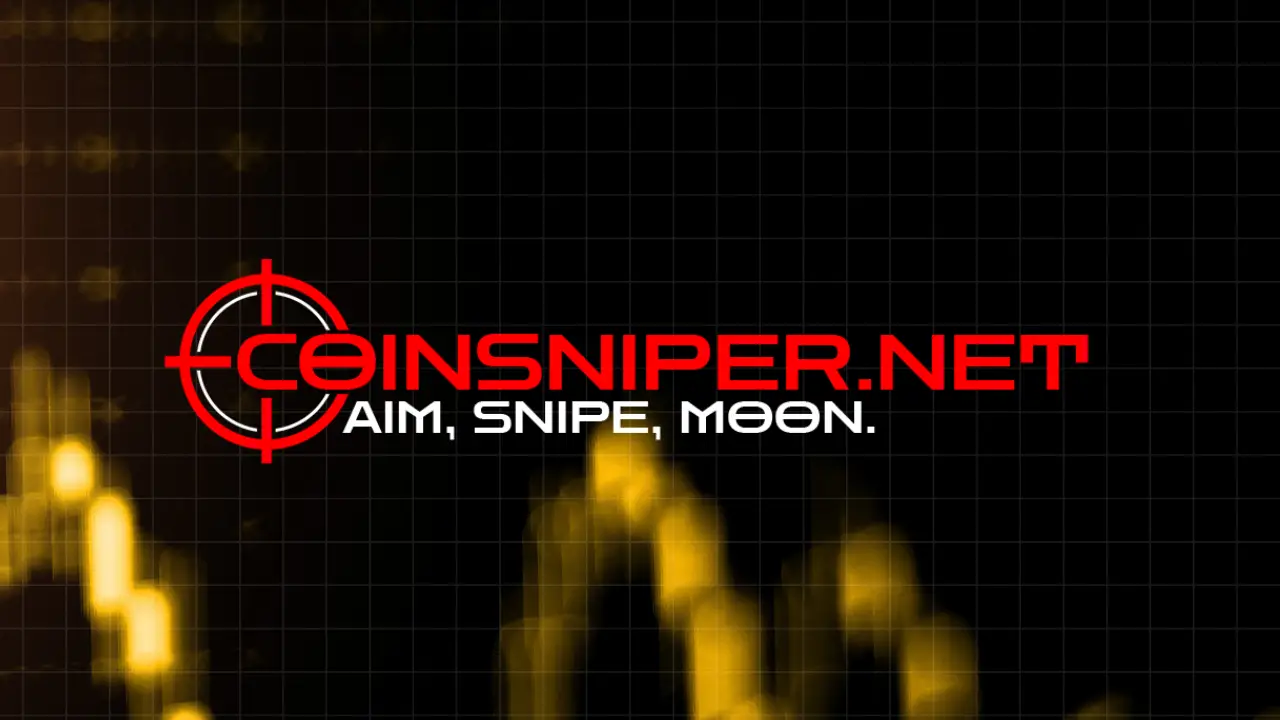
In the dynamic world of cryptocurrency, memecoins remain a captivating phenomenon. Initially dismissed as digital jokes with cartoon mascots, they've blossomed into a multi-billion-dollar market segment that consistently defies expectations. From individual investors to seasoned Wall Street professionals, the meteoric rise of these community-driven tokens, transforming internet culture into financial opportunity, has been widely observed.
As we progress through 2025, memecoins continue to be a fascinating study in crowd psychology and a controversial investment vehicle, simultaneously creating overnight millionaires and cautionary tales. But does this meme-powered economy still hold potential for growth?
The Rise of Memecoins: From Joke to Millions
The memecoin narrative began with Dogecoin, a project initially conceived as a joke that rapidly cultivated a devoted following. The trend exploded in 2020-2021, with Shiba Inu, Floki, and numerous others capitalizing on the momentum. Social media buzz, influencer endorsements (notably, Elon Musk's involvement), and robust community support propelled these tokens to multi-billion-dollar valuations.
For many, memecoins weren't merely humorous; they were lucrative. However, could this momentum be sustained?
While some early investors achieved life-altering gains, others suffered significant losses when the hype subsided. The memecoin market's volatility has always been a defining characteristic, frequently driven by FOMO (fear of missing out) rather than fundamental analysis.
Despite numerous rug pulls and failed projects, memecoins persistently reappear. Each year witnesses the launch of new meme-based tokens, attracting attention—sometimes with innovative utility, but often purely for entertainment value.
Memecoins in 2025: Still Relevant or Fading Away?
Surprisingly, memecoins remain a significant force in 2025. Their success, however, now hinges on factors beyond mere hype. What's different this time?
- Utility & Ecosystem: Newer memecoins are incorporating real-world use cases, ranging from DeFi integration to play-to-earn mechanics.
- Community Power: Strong meme communities can propel projects to unprecedented heights.
- Mainstream Adoption: More exchanges and payment platforms are accepting memecoins, enhancing their legitimacy.
Should You Still Invest in Memecoins?
While some projects quickly falter, others are undergoing transformations unlike anything seen before. Memecoins are inherently high-risk, high-reward assets. Consider these strategies before investing:
- Check the Community: A strong, active community is paramount.
- Look at Tokenomics: Is the supply inflated? What is the burn mechanism?
- Avoid FOMO: Trending popularity doesn't automatically equate to investment worthiness.
Ultimately, memecoins represent a gamble. However, for those who embrace the inherent risks, they can still offer excitement (and occasionally, profitability).
Where to Find the Next Big Memecoin?
Discovering the next Dogecoin or Shiba Inu isn't solely a matter of luck; it involves identifying early opportunities. One approach is exploring upcoming presales. With hundreds of new tokens launching monthly, the next Dogecoin or Shiba Inu might be just a click away.
Conclusion
Are memecoins still relevant in 2025? The answer is a qualified yes. The landscape has shifted—hype alone is insufficient. Projects that innovate and cultivate strong communities will flourish, while others will fade into obscurity.
As memecoins evolve from simple jokes into sophisticated digital assets with expanding utility, they remain a uniquely 21st-century investment phenomenon—a convergence of internet culture, technology, and finance.
While the days of overnight riches may be less frequent, the memecoin ecosystem continues to mature and integrate into the broader cryptocurrency landscape. If you're drawn to the memes (or the potential for significant returns), stay informed, conduct thorough research, and enjoy the journey.


 crypto.news
crypto.news The Bit Journal
The Bit Journal Crypto Daily™
Crypto Daily™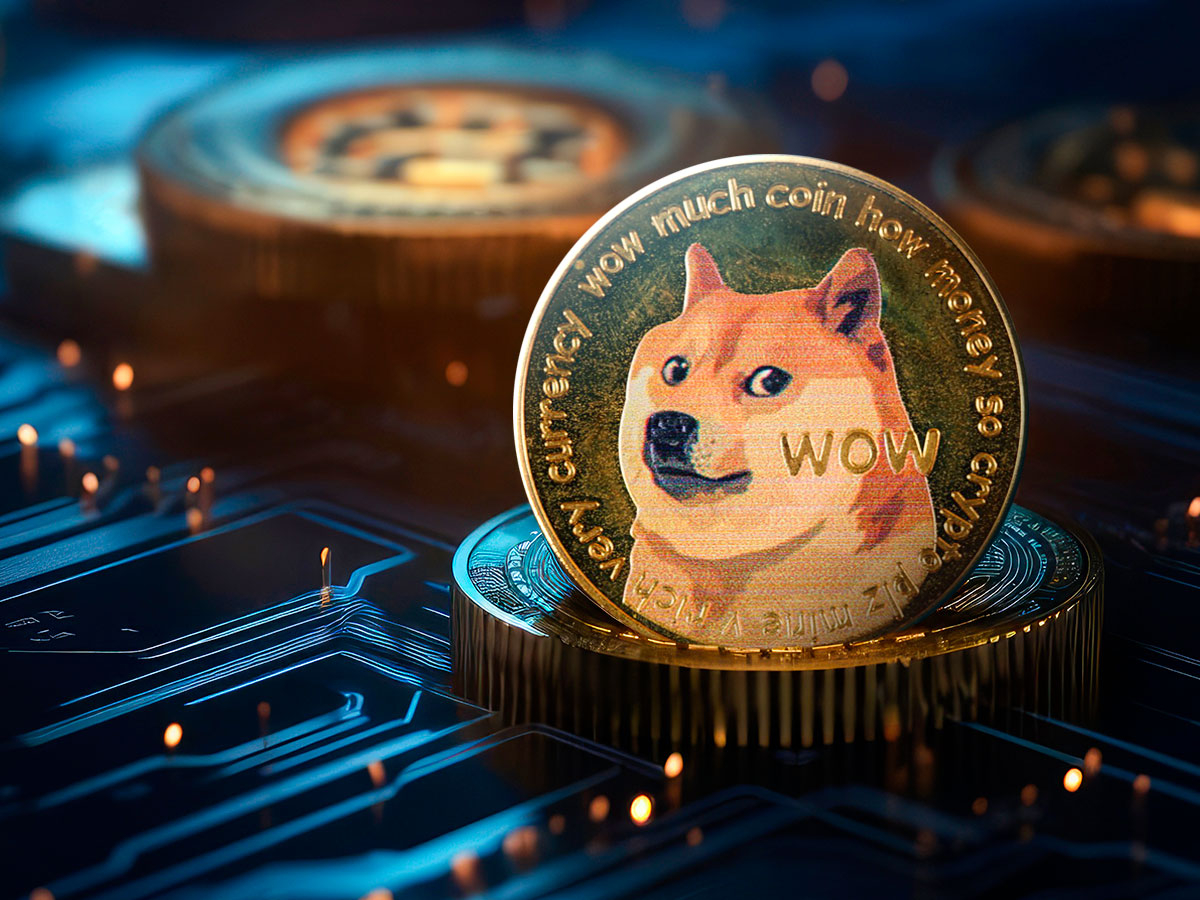 DogeHome
DogeHome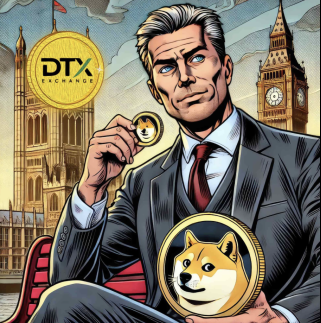 Crypto Daily™
Crypto Daily™ Crypto Daily™
Crypto Daily™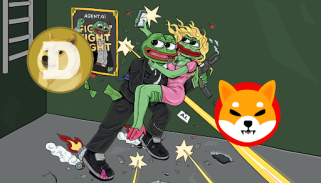 crypto.ro English
crypto.ro English Optimisus
Optimisus Crypto Daily™
Crypto Daily™


